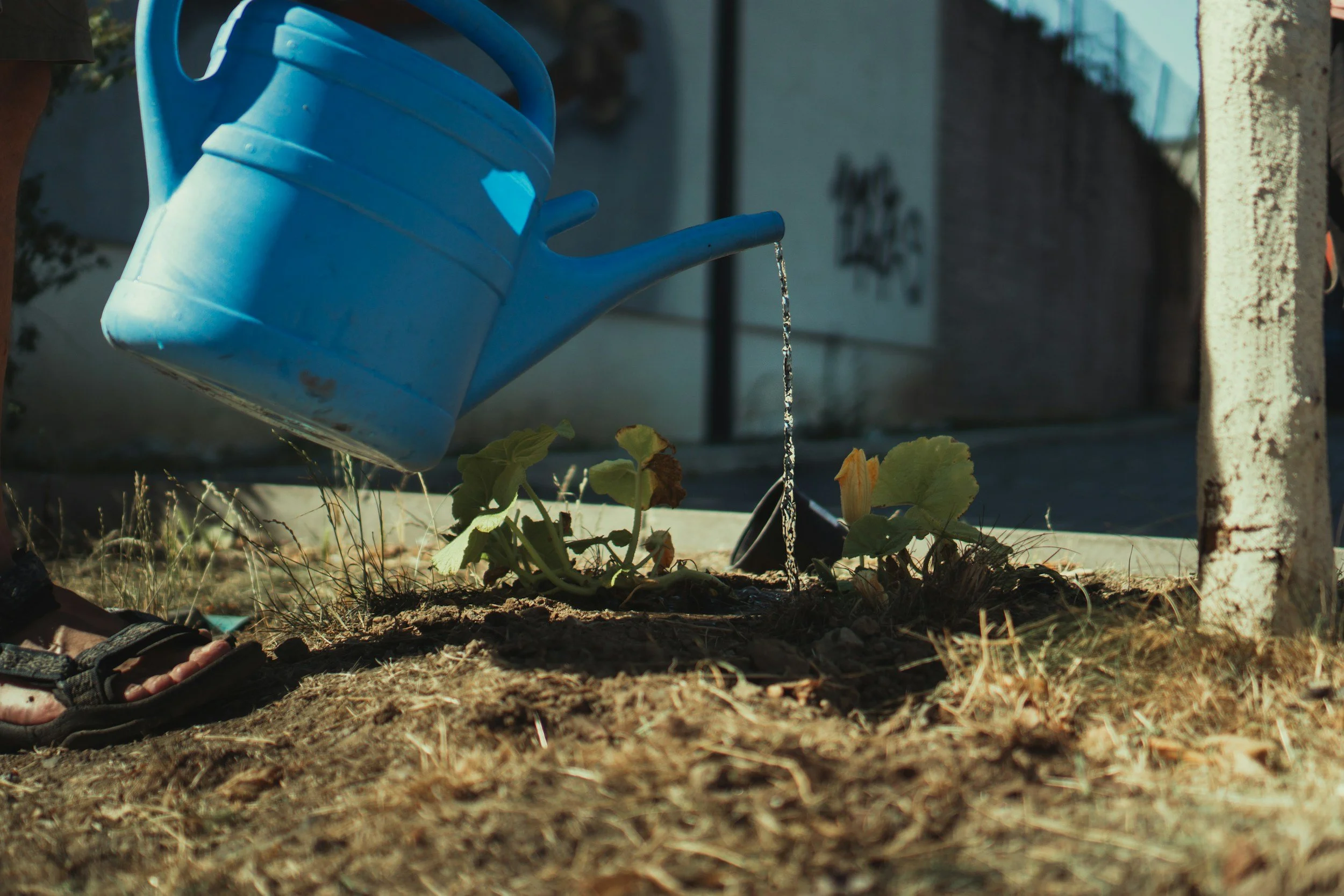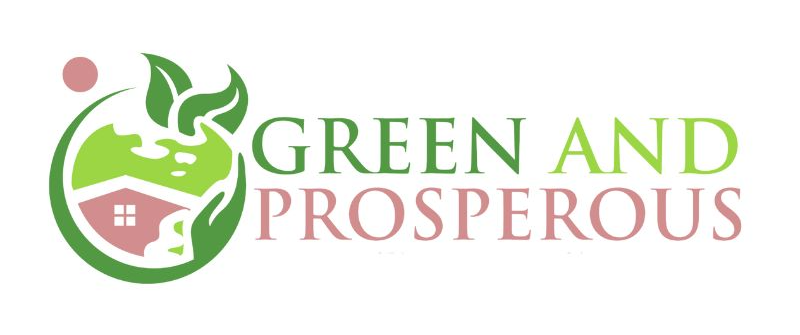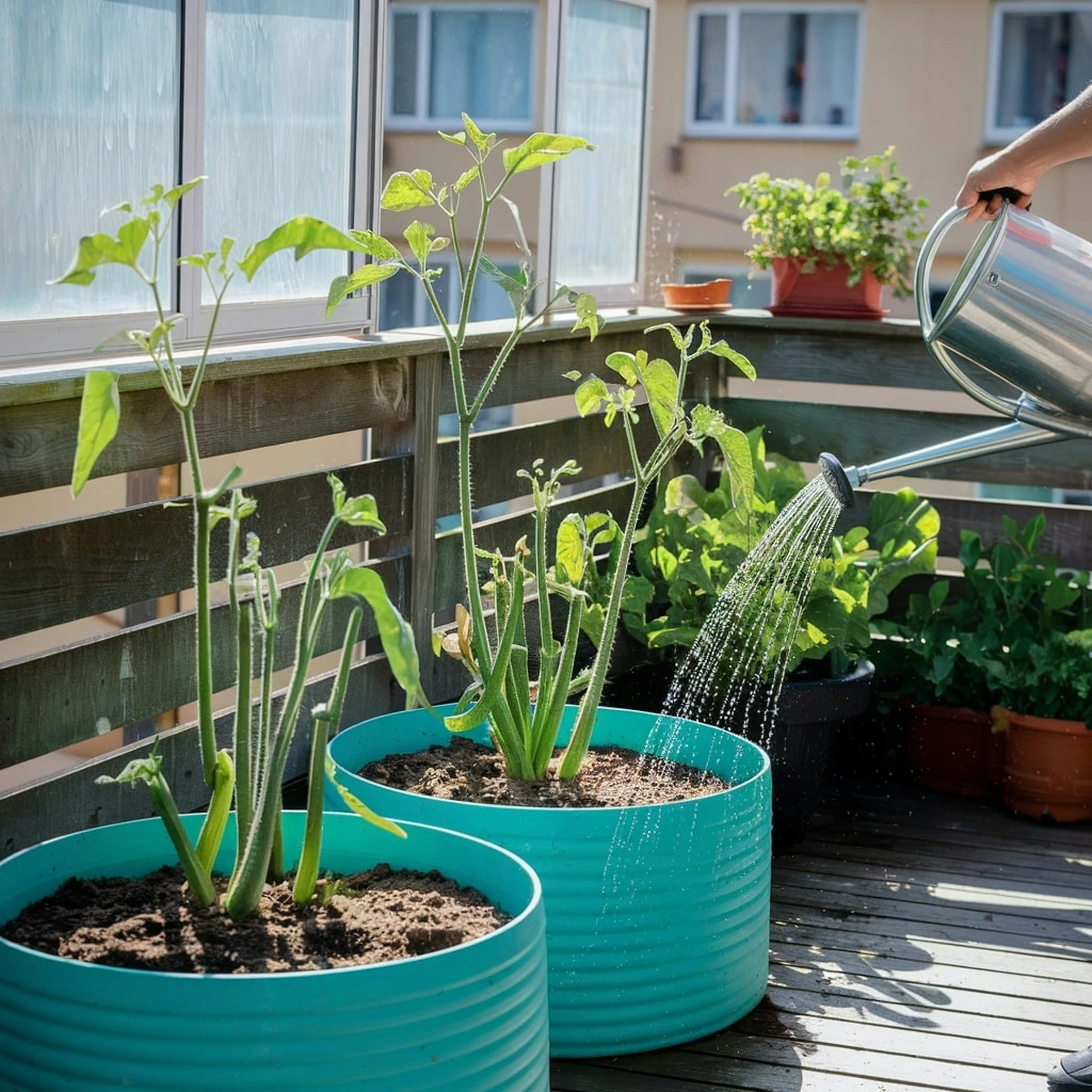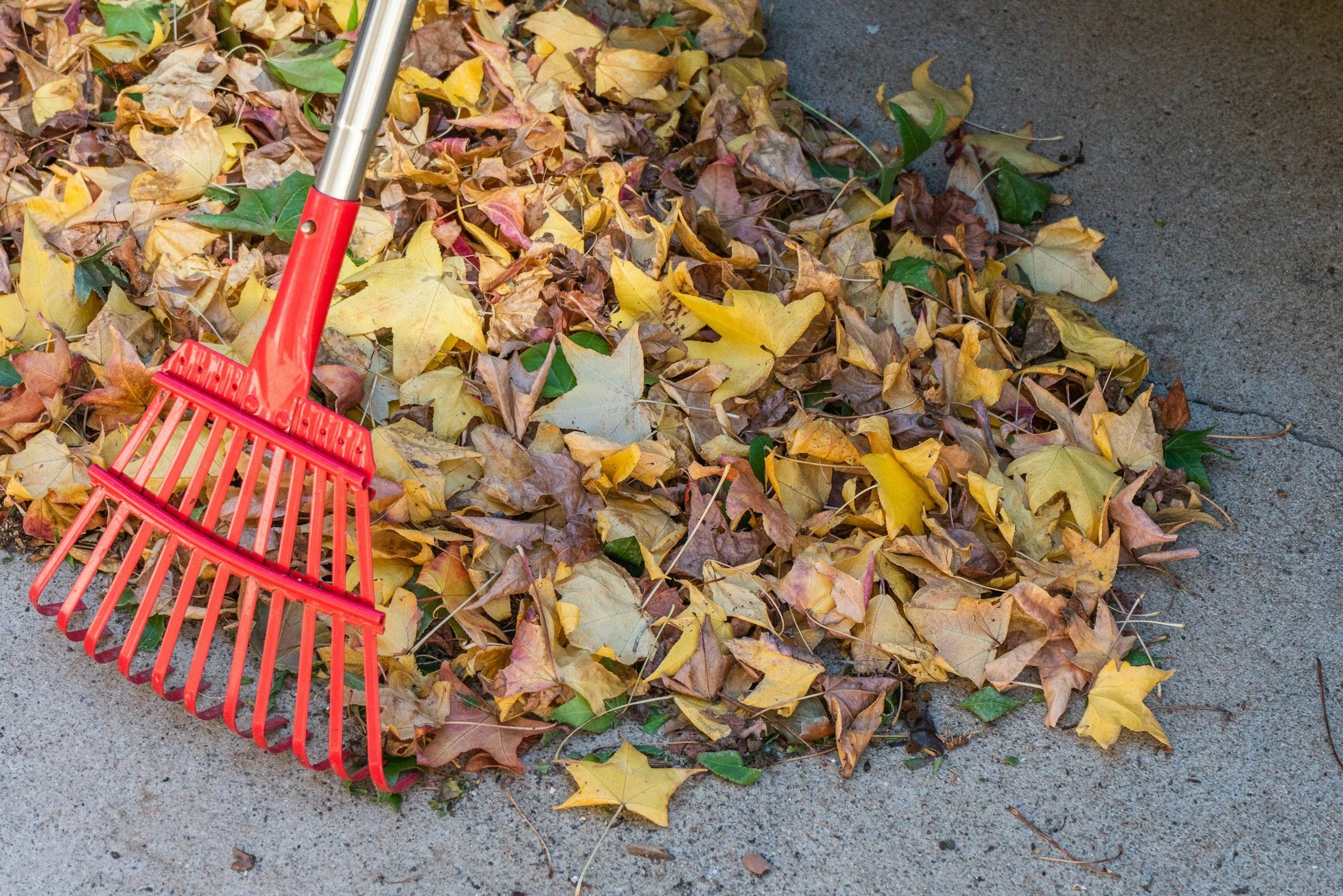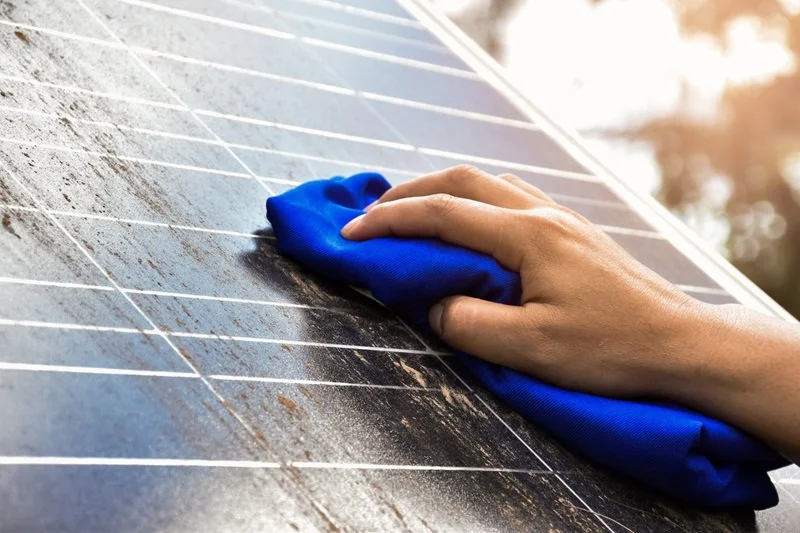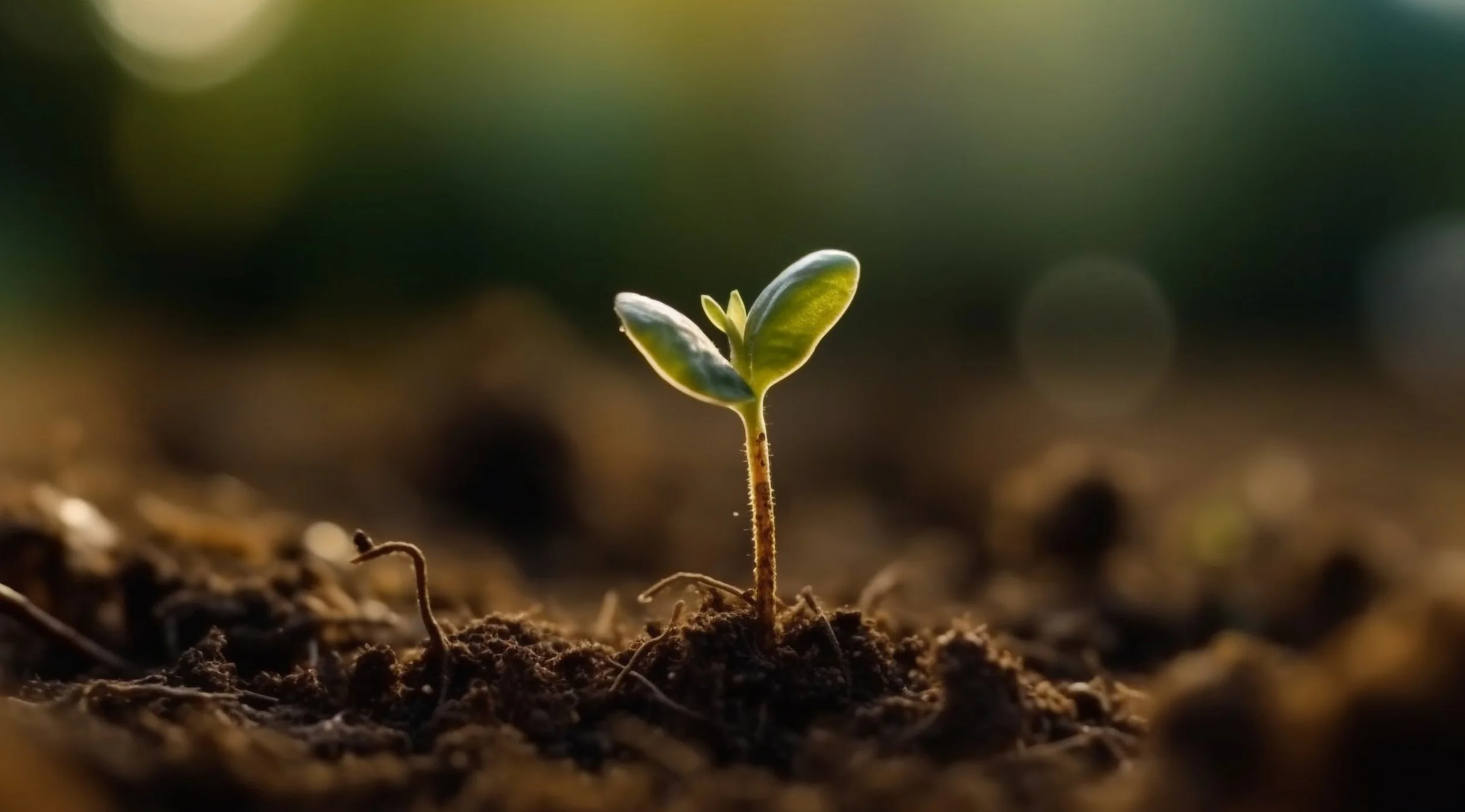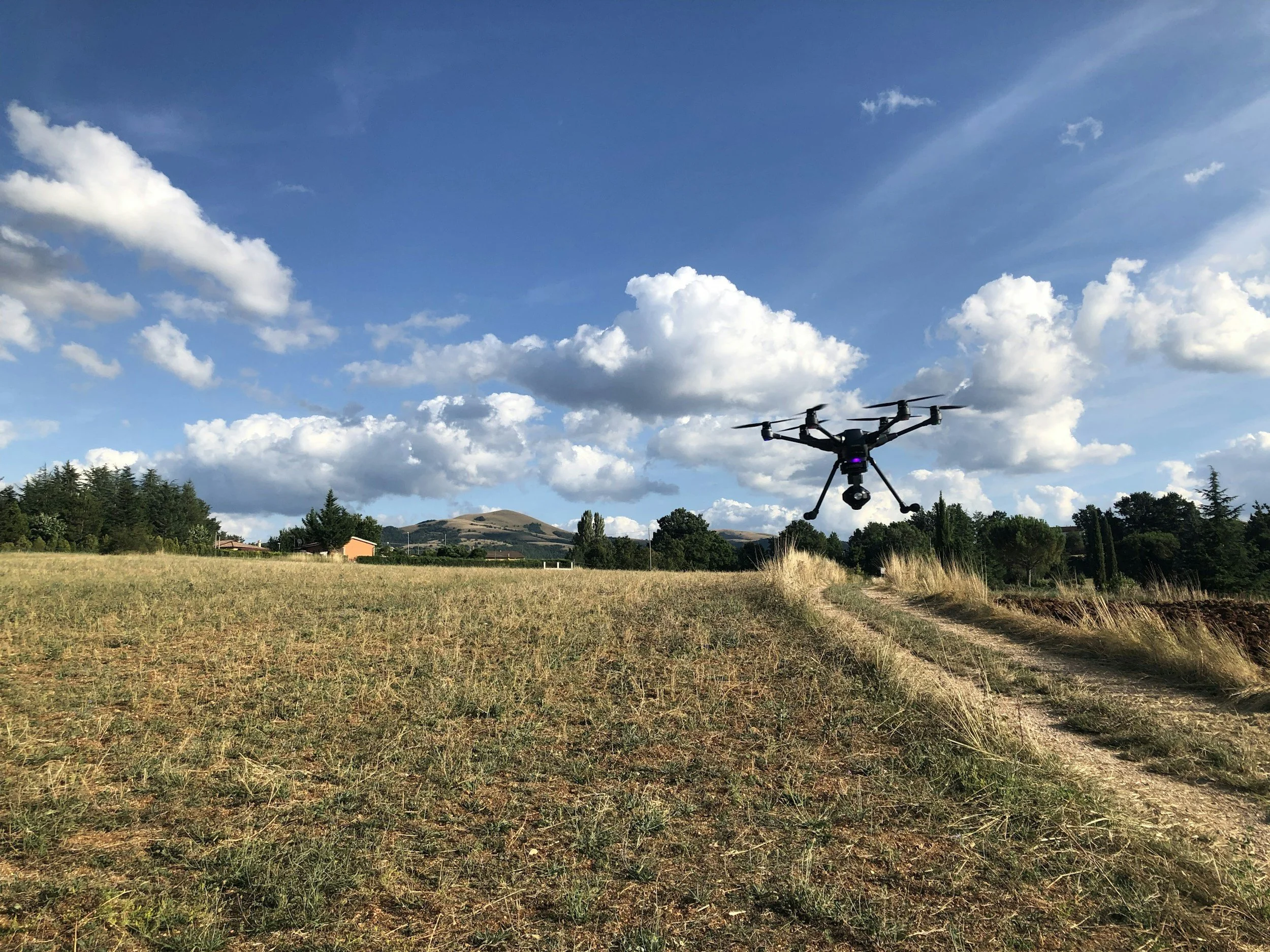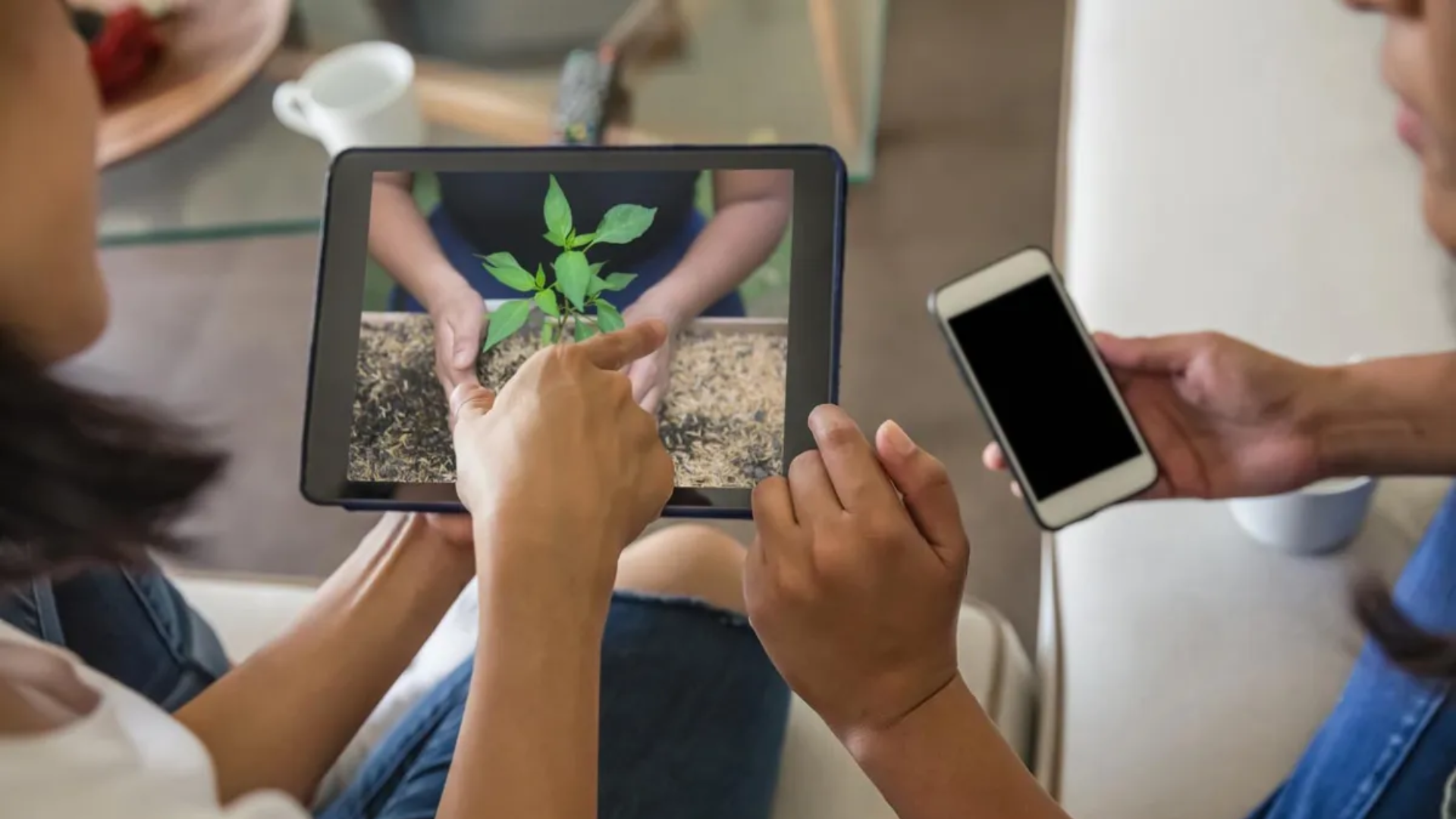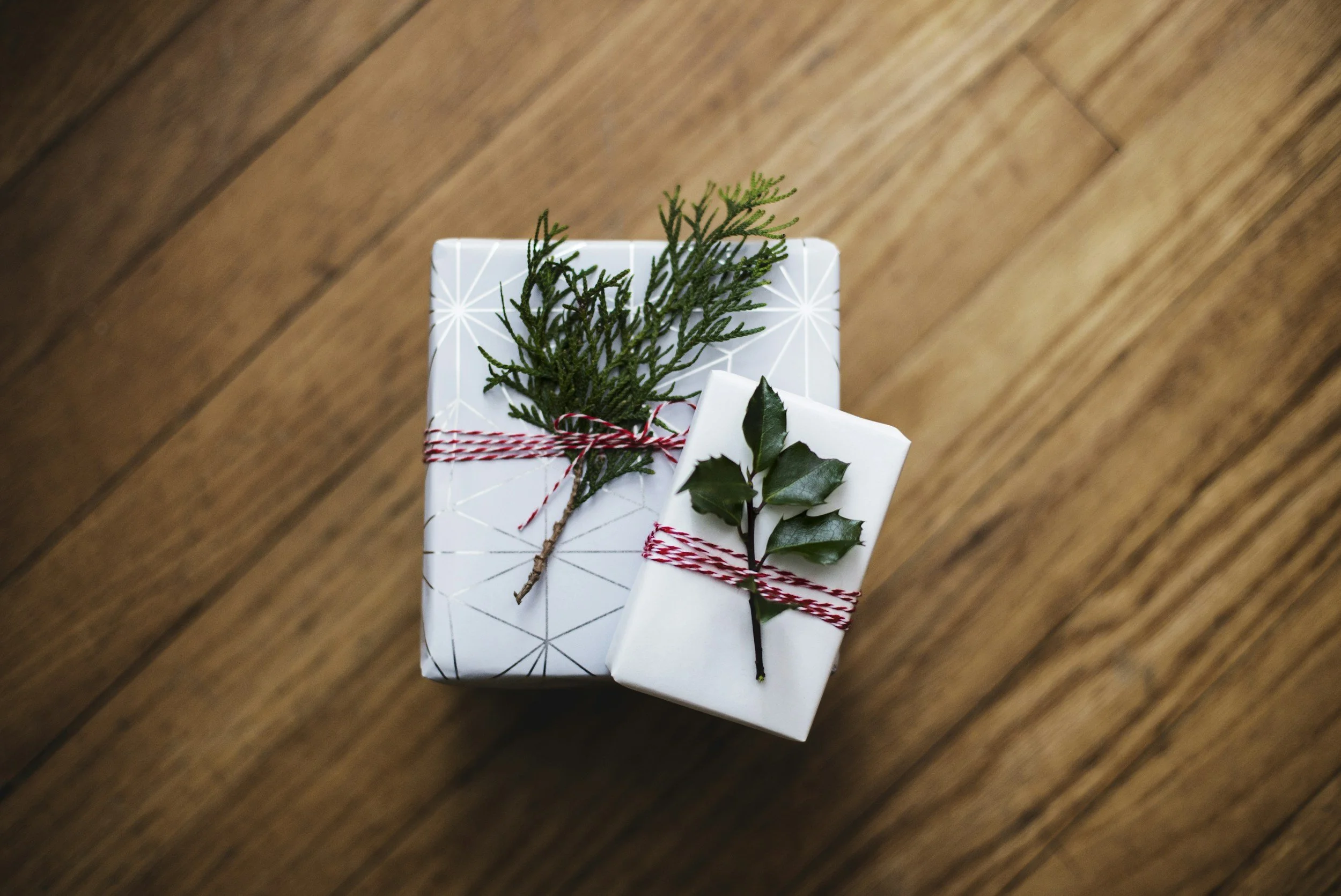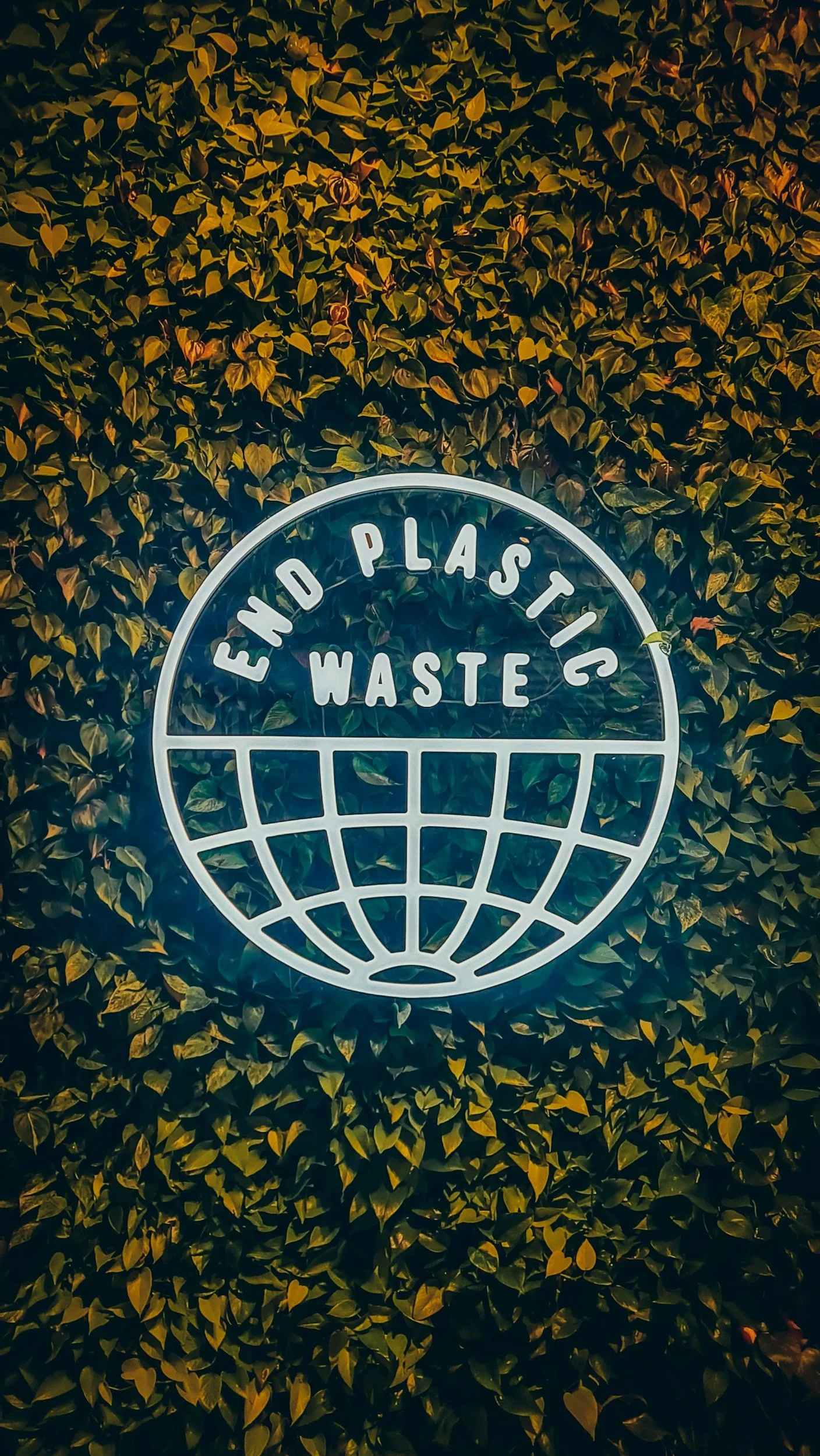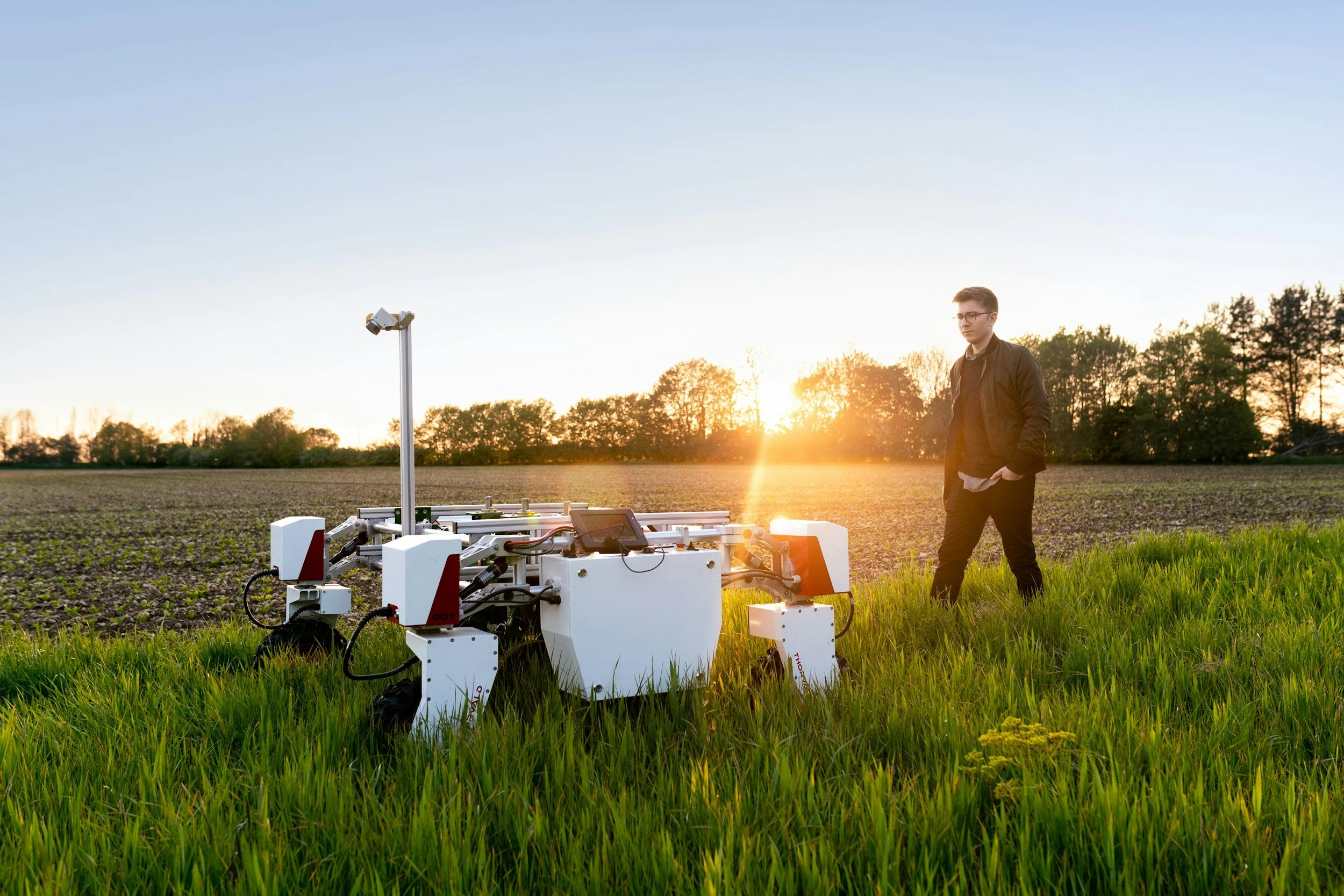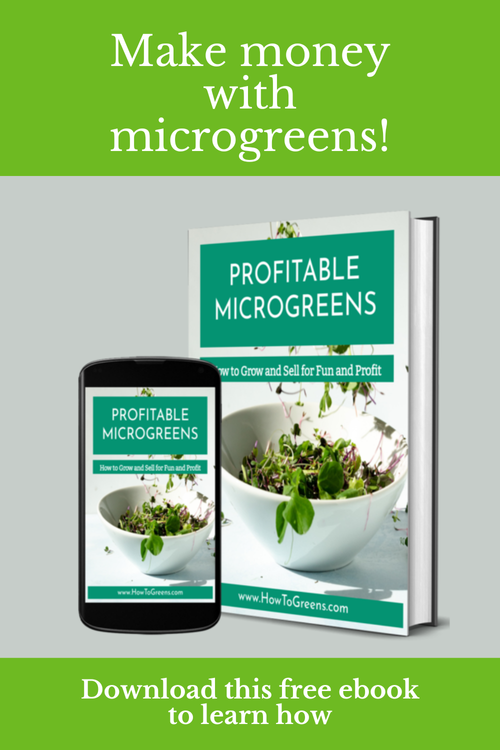Plant a Kitchen Garden in Mid-Summer: it’s not too late!
/As a kid growing up in New York City, I was luckier than most urban kiddos in being able to spend summers with Nana (my nanny) in her trailer and on a small farm outside Kannapolis, North Carolina that belonged to Nana’s sister Aunt Babe and her husband, Uncle Hoy. For five summers I helped harvest collards, corn, beans, and anything else that was in season on their farm, which is where they got most of their food. It was hot, sticky work, and I really didn’t like doing it at the time, but I loved being outside (running around barefoot as much as possible like my friends did), learning what grew best and when, and discovering how a bit of soil could turn into a fully stocked pantry. Those summer memories still shape how I think about food, gardening, and self-sufficiency.
And here's the good news: even if it’s already mid-summer, it’s not too late to start your own kitchen garden.
Why Kitchen Gardening is Good for Your Health
Starting a kitchen garden isn’t just a way to grow fresh, delicious produce; it’s also one of the most accessible ways to improve your health.
According to the Centers for Disease Control and Prevention, gardening qualifies as moderate-intensity exercise, helping you burn calories and engage major muscle groups through digging, planting, and weeding. The University of Georgia’s agricultural extension blog reports that gardening and landscaping can burn between 150 and 600 calories an hour, depending on the intensity and time spent engaging in these activities.
Beyond the physical benefits, gardening has been linked to reduced stress and improved mental well-being. A 2020 study conducted by Princeton University researchers found that daily gardening had a similar impact on emotional well-being as other leisure activities like walking or biking.
Best of all, you don’t need a big yard, or even a yard at all, to start reaping these rewards. Container gardens, raised beds, and even windowsill pots offer plenty of possibilities for starting a kitchen garden.
Garden Planting Guide: Essential Kitchen Garden Starter Equipment
If you're new to growing food, you don't need a shed full of tools. Here are the essential items every beginner should have to get started:
Trowel – Perfect for digging small holes and transplanting seedlings.
Hand Transplanter – Helps you move young plants from container to garden bed with precision.
Hand Cultivator – Breaks up compacted soil and helps mix in compost or fertilizer.
Gardening Gloves – Protect your hands from blisters, thorns, and soil-borne bacteria.
Pruning Shears – Essential for harvesting herbs and veggies and trimming dead or overgrown branches.
These tools are inexpensive, easy to find, and go a long way in making your gardening experience smoother and more enjoyable.
Garden Planting Guide: Methods and Terminology
If you’re just starting out, you’ll likely come across terms that sound confusing. Here’s a simple breakdown of key gardening concepts:
Trellis – A frame or support for climbing plants like peas or cucumbers.
Transplant – Moving a plant from a seed tray or pot into your main growing space.
Raised Bed – A framed area above ground level filled with soil and compost; helps with drainage, warmth, and keeping certain animal pests out.
Pruning – Cutting back overgrown or dead parts of a plant to encourage healthy growth.
Pesticide – A chemical or natural substance used to deter or kill pests (always use organic options when possible).
Pest – Any insect or animal that damages crops (like aphids, slugs, or squirrels).
Deadheading – Removing spent flowers to promote new blooms or fruit production.
Hardiness Zone – A map system that helps you choose plants suited to your region’s climate.
First/Last Frost Date – These dates guide your planting schedule. Check your USDA zone (or growing zone guide for your region in the world) to know when it’s safe to plant or when to harvest before the cold sets in.
Companion Planting - (also called interplanting) a method of planting two different “companion” plants alongside each other to reap a number of benefits, such as pest control, improved soil health, and attracting pollinators and beneficial insects.
Knowing these basics will help you read seed packets, follow planting guides, and plan your growing season with confidence.
Garden Planting Guide: Soil, Compost, and Watering Basics
Healthy soil is the foundation of any successful garden. Here’s what you need to know:
Soil Texture: Aim for a loamy mix with good drainage. Avoid heavy clay or overly sandy soils.
pH: Most vegetables thrive in slightly acidic to neutral soil (pH 6.0–7.0). Home soil testing kits are affordable and widely available.
Organic Matter: Compost improves soil structure, feeds your plants, and supports beneficial microbes. You can make your own or buy it pre-bagged.
Watering: Water deeply and less frequently. Early morning is the best time to water to prevent evaporation and fungal growth, although you can water in the late afternoons or early evenings if you’re living in a hot climate or your plants start drooping in the late afternoon sun (much more likely with container and raised bed plants). Mulch around your plants to conserve moisture and suppress weeds.
Summer heat makes consistent watering even more important. If your plants are wilting in the afternoon but look fine in the morning, they’re probably just stressed by heat, not dry soil.
Garden Planting Guide: Best Crops for Mid-Summer Planting
Even in mid- to late summer, there are plenty of crops you can grow—especially if you plan for a fall harvest.
Fast-Growing Crops for Quick Harvests (25-55 days when planted from seed):
Lettuce
Spinach
Radishes
Arugula
Bush beans
Heat-Loving Herbs:
Basil
Chives
Dill
Oregano
Crops That Mature by Fall:
Carrots
Beets
Kale
Swiss chard
Turnips
Check the “days to maturity” on your seed packet. If your first fall frost is still 60+ days away, you’ve got time to grow! Succession planting—staggering your sowing dates—can help you harvest continuously over the coming weeks.
A Note on Garden Planning and Season Extension
Knowing your first and last frost dates is key to maximizing your growing season. You can find this info through the USDA Plant Hardiness Zone Map.
Want to keep growing even after the first chill? Try a:
Cold frame (a wooden enclosure topped with a window to let in sunlight and preserve heat)
Row cover (lightweight cover that traps heat and creates a microclimate around your plants)
Frost blanket (similar to row covers but with frost grades that provide protection from heat within a specific temperature range)
Keeping a garden journal can help you track what worked well and what you’d change for next season. Record planting dates, harvest yields, pest issues, and soil notes. Believe me, you’ll thank yourself later as you learn how to improve and increase your harvests over time.
Get More Help on Your Garden Journey
Starting your kitchen garden doesn’t have to be overwhelming. Whether you have a backyard, a balcony, or just a sunny windowsill, you can start small and grow from there.
Join our mailing list to access:
Our exclusive library of free gardening resources, including planting calendars, companion planting tips, pest control guides, and more;
Weekly gardening tips tailored to the season and your skill level.
You can make this your most rewarding growing season yet! Just fill out the form below to be added to our mailing list. You’ll also receive our companion planting guide, free! (rest assured: we won’t spam you or share your contact information with anyone, ever!)





